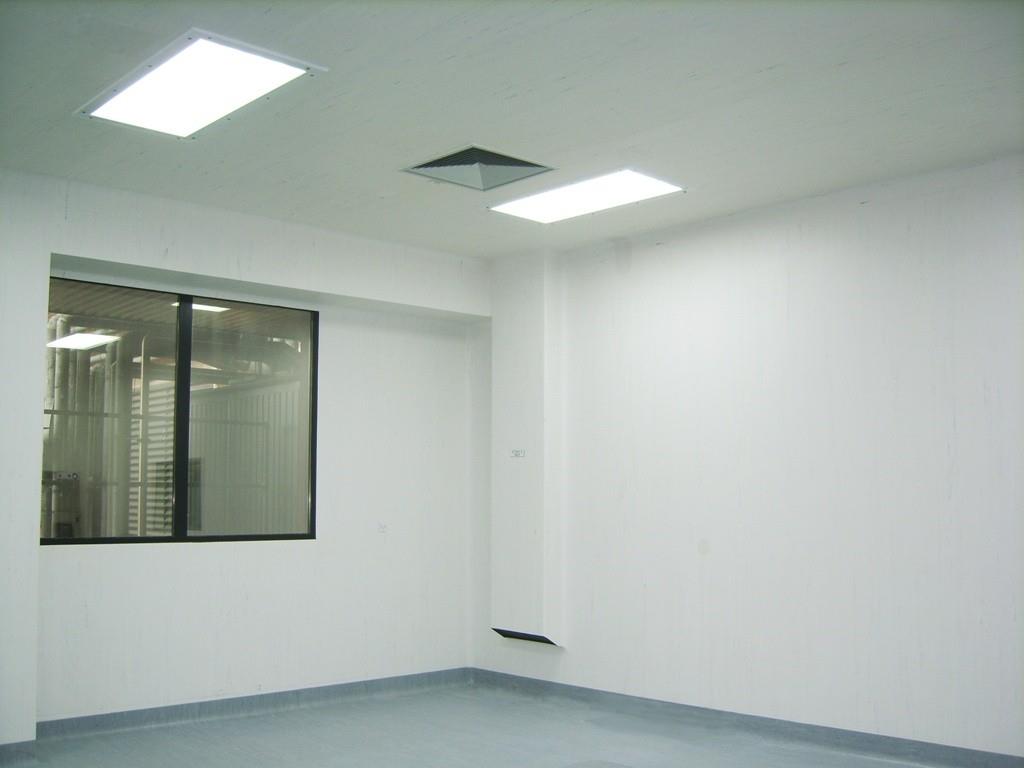
In the world of cleanrooms, where the tiniest particle can lead to significant disruptions, the role of cleanroom flooring is paramount. This type of flooring is designed to meet the rigorous requirements of environments that demand the highest levels of cleanliness and contamination control, such as pharmaceutical, biomedical, and electronic manufacturing facilities. Cleanroom flooring isn't just about maintaining a pristine appearance; it's a critical component in ensuring the purity and integrity of the products being manufactured.
Why is Cleanroom Flooring So Important?
The right cleanroom flooring plays a vital role in controlling contaminants, static electricity, and particle emissions within the cleanroom environment. It's an indispensable part of the controlled environment, working in conjunction with other cleanroom components to maintain the necessary cleanliness standards.
Key Features of Effective Cleanroom Flooring
Particle Emission Control: Cleanroom flooring should have a low-emission surface that does not contribute to particle contamination.
Chemical Resistance: Often, cleanrooms use various chemicals for cleaning and processing. The flooring must resist these substances without degrading.
Ease of Cleaning and Decontamination: The surface should be seamless and non-porous to facilitate effective and complete cleaning and decontamination.
Static Control: In many cleanrooms, especially those in the electronics industry, controlling static electricity is crucial. ESD (Electrostatic Discharge) control flooring can be critical in these environments.
Durability and Wear Resistance: The flooring should withstand the cleanroom's functional demands, including foot traffic and equipment movement.
Selecting the Right Material for Cleanroom Flooring
Materials commonly used for cleanroom flooring include vinyl, epoxy, and urethane. Each material offers various benefits in terms of durability, chemical resistance, more info and static control. The specific requirements of the cleanroom, such as the standard of cleanliness required (measured in cleanroom classes) and the type of activities conducted, will dictate the best material choice.
Installation and Maintenance of Cleanroom Flooring
Proper installation is critical to ensure that the flooring meets the required cleanliness standards. The installation process should avoid creating spaces where contaminants could collect. Once installed, regular cleaning and maintenance are essential to maintain the integrity of the cleanroom environment. This often involves using particular cleaning agents and protocols.
Conclusion
In conclusion, cleanroom flooring is a key element in maintaining the necessary standards of cleanliness and contamination control in sensitive environments. It requires careful selection, professional installation, and diligent maintenance. By investing in the right cleanroom flooring, facilities can guarantee the integrity of their cleanrooms and the quality of the products being produced.
http://tinyurl.com/mr24sr3m